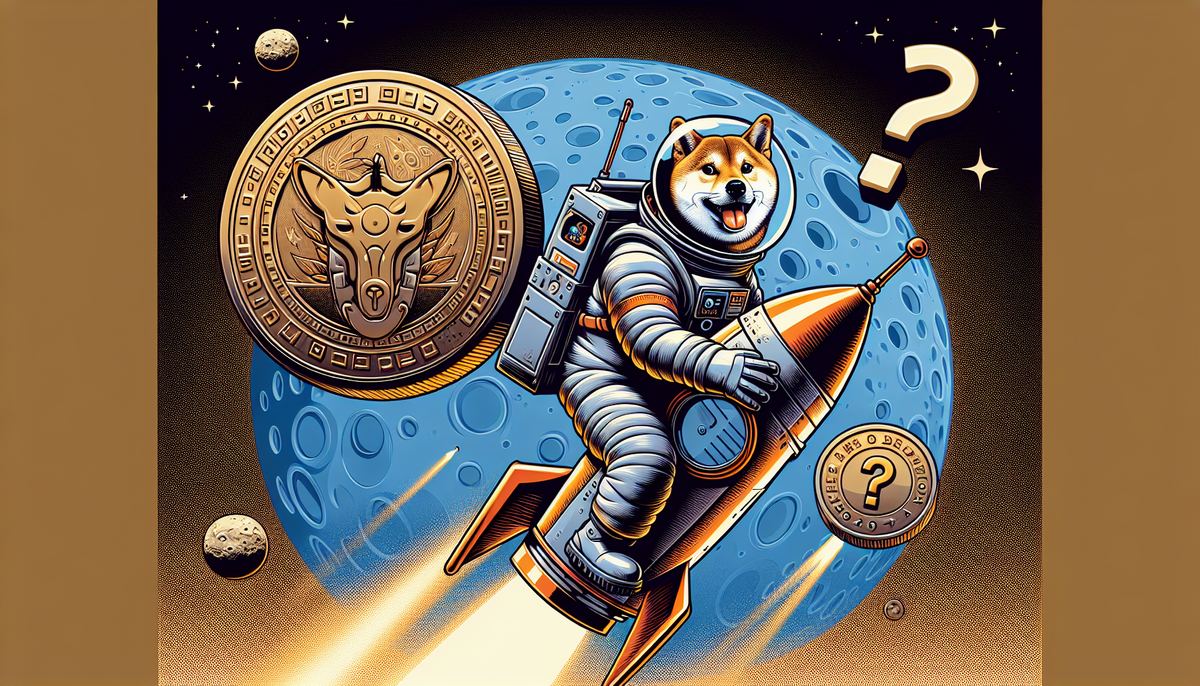Table of Contents
The current blockchain ecosystem is facing a major challenge; how to introduce randomness in smart contract decisions. As it stands, most smart contract infrastructures are limited to deterministic inputs and outputs. While efficient to some extent, malicious players have been taking advantage of the predictability to manipulate on-chain decisions. A trend that has forced crypto innovators to come up with native solutions such as the Verifiable Random Function (VRF).
So, what is the VRF and how does it add value to the crypto ecosystem? First introduced in 1999 by Micali, Rabin, and Vadhan, VRF is a cryptographic function that enables blockchain developers to process data inputs and generate verifiable pseudorandom outputs. This is achieved by using public keys and request proofs as the inputs. Meanwhile, the private key enables blockchain validators to verify the accuracy of an output without having to reveal their on-chain identity.
“A verifiable random function (VRF) is a public-key pseudorandom function that provides proofs that its outputs were calculated correctly. The owner of the secret key can compute the function value as well as an associated proof for any input value. Everyone else, using the proof and the associated public key (or verification key), can check that this value was indeed calculated correctly, yet this information cannot be used to find the secret key.” source; Wikipedia.
Why VRF Is Fundamental in Decentralized Markets
By now, you might have come across the terms Decentralized Finance (DeFi) and Non-fungible tokens (NFTs); well, these two concepts are not as complicated as some folk make it seem. DeFi is the next iteration of finance, it features a similar suite of services to that offered in traditional financial markets (loan, saving accounts and exchanges). On the other hand, NFTs are indistinguishable on-chain assets that have emerged as the latest form of digital art.
Where does VRF come in? For starters, both DeFi and NFTs are built on the principles of decentralization and immutability. While that is the case, they lack to some degree when it comes to fairness. Most of the existing DeFi and NFT innovations use predictable algorithms for on-chain validation. An approach that is largely exposed to external manipulation, not to mention internal collisions to rip off unsuspecting investors.
With VRF in the picture, smart contract developers can now level up the randomness by integrating solutions such as the Oraichain VRF. This leading AI-powered blockchain oracle supports several DApp ecosystems, including Ethereum, Polygon, Binance Smart Chain and Solana. They also recently launched Oraichain VRF 2.0 on Avalanche, which enjoys a total value locked of $9.4 billion as of press time.
Some of the DeFi and NFT protocols that stand to benefit from the VRF function include those in the decentralized betting market like Lunabets (an online gambling DApp built on LunaFi). This function can also come in handy for NFT projects that are launching lotteries and DeFi protocols looking to airdrop tokens to active participants or early-stage investors. Fundamentally, the VRF function reduces prevalent blockchain network abuses like rewrite attacks or rerolling.
“Unlike traditional digital signature algorithms, VRF outputs can be published publicly without being subject to a preimage attack, even if the verifier knows the public key (but not the proof). This is useful to prevent enumeration of the names/identifiers in a directory which is using a transparency system.” - Wikipedia.
Given this value proposition, it is evident that Decentralized VRF solutions further increase the trustworthiness of DeFi and NFT DApps. This is because the outputs (numbers) are generated in a random fashion and validated by a group of validators, making it almost impossible to tamper with the outcomes from a particular input. If anything, this is what a perfect decentralized market should operate like.
Final Thoughts
As the crypto ecosystem comes of age, it is important for stakeholders to ensure that it lives up to its value. So far, decentralization seems to be working well for the likes of Bitcoin and Ethereum but that is not entirely the case for DeFi and NFTs. This calls for DApp developers to pivot towards tangible solutions such as verifiable random numbers. In doing so, crypto innovators have a shot at leveling the playing field for all DeFi and NFT users.














